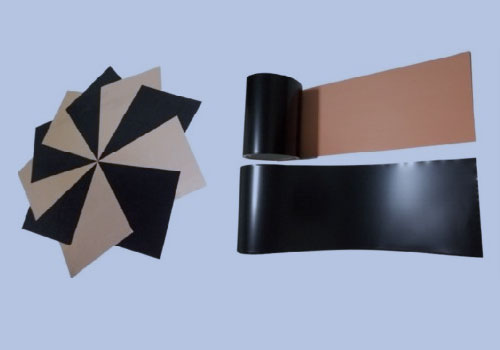Welcome to SHENZHEN?EXCELLENCE?TECHNOLOGY?CO.?,?LTD!
Welcome to SHENZHEN?EXCELLENCE?TECHNOLOGY?CO.?,?LTD!

Nano-carbon copper foil cooling film is an advanced nano-carbon composite material, which has high thermal conductivity and high flexibility. Nano-carbon material is uniformly coated on copper metal substrate to conduct heat through high thermal conductivity. Then, by virtue of the high thermal radiation efficiency of carbon atoms, the heat energy is converted into infrared radiofrequency to deliver heat dissipation efficiency. It has high thermal conductivity and high thermal radiation efficiency. Change thermal infrared radio frequency, communication cooling efficiency.

Nano carbon copper foil production process based on carbon nanotubes metal copper foil heat sink cooling speed was increased, and the coating method, first of all, the copper foil surface is clean, in order to increase the surface adsorption force, on the surface of the copper foil heat sink again only a layer of coating, the coating with nano tubes, so when use, because of the thermal conductivity of the carbon nanotubes with, Coated on the surface of the nano carbon copper foil radiator, can greatly improve the heat dissipation rate, because the increase of the heat dissipation rate can reduce the amount of copper foil, and can reduce the volume and weight of the radiator, for the current various electronic terminals to provide ultra-thin and ultra-light design trend requirements.
In the current trend of electronic products materials are constantly pursuing miniaturization and thinness, nano carbon copper foil can provide electronic products to dissipate waste heat and improve their stability and reliability. LBD nano carbon copper foil series products are mainly made of copper foil materials. After surface treatment and coating with nano radiation radiating materials, graphite or metal foil can be prepared to replace the commonly used in today's electronic system.